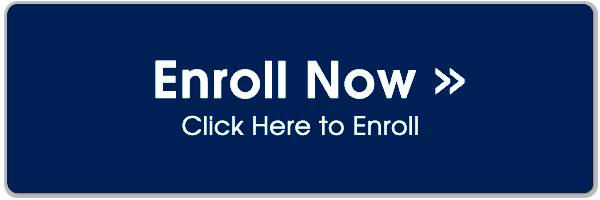Program Objectives
By the end of this program, participants will be able to:
• Understand human sensory physiology & perception mechanisms
• Conduct structured sensory evaluations for taste, aroma, texture, and appearance
• Apply sensory science to product development, menu design, and quality control
• Design descriptive, discrimination, and affective tests (triangle, duo-trio, hedonic)
• Integrate multisensory analysis into culinary R&D and innovation
• Develop consumer-centric tasting experiences and narrative plate storytelling
• Use digital sensory analysis tools and WRID documentation
Modules & Curriculum
| # | Module | Duration | Key Topics |
|---|
| 1 | Introduction to Sensory Science | 2 weeks | Anatomy & physiology of taste & smell, sensory terminology, human perception |
| 2 | Taste, Aroma & Texture Analysis | 4 weeks | Taste compounds, volatile aroma compounds, mouthfeel, texture profiling |
| 3 | Sensory Testing Methods | 4 weeks | Discrimination, descriptive, affective tests, scaling methods |
| 4 | Panel Selection & Training | 3 weeks | Recruiting, screening, training, calibration, bias reduction |
| 5 | Data Analysis & Statistics | 3 weeks | ANOVA, PCA, sensory mapping, correlation with product attributes |
| 6 | Multisensory & Experiential Design | 3 weeks | Visual, auditory, olfactory, tactile cues, immersive tasting |
| 7 | Culinary Application of Sensory Science | 2 weeks | Menu engineering, ingredient pairing, flavor balancing |
| 8 | Applied Lab & Capstone Project | 3 weeks | Consumer tests, expert panels, final sensory evaluation report |
Hands-On Lab Practices
Triangle & duo-trio taste tests
Hedonic scaling & ranking exercises
Texture & mouthfeel mapping (gel, foam, emulsions)
Aroma identification & olfactory threshold tests
Multisensory plate design with visual & auditory cues
Digital sensory evaluation tools (software + data analysis)
Assessment
| Component | Weight |
|---|
| Weekly lab tasks & sensory exercises | 20% |
| Mid-term sensory & data analysis quiz | 20% |
| Applied Lab: 3 sensory projects | 30% |
| Final Project: Sensory evaluation report + degustation setup | 30% |
Final Deliverables:
✅ Sensory evaluation report (WRID format)
✅ Panel data analysis & graphs
✅ Sensory SOP for culinary labs
✅ Capstone tasting event documentation
Required Tools
Sensory booths / tasting stations
Digital scales, pH meters
Aroma kits (flavor standards)
Texture analysis tools (penetrometer, viscometer)
Software for data collection & analysis (optional LMS integration)
Career Pathways
Sensory Scientist / Analyst
Culinary R&D Chef
Product Developer — Food & Beverage
Flavor & Aroma Specialist
Consumer Experience Designer
Program Tuition
| Plan | Access | Price |
|---|
| Self-study | LMS modules + PDFs + quizzes | $400 |
| Guided | Live labs + panel exercises + peer review | $1,150 |
| Premium | 1-on-1 mentorship + sensory lab certification | $2,900 |
Regional adjustment (UAE / EU) applicable
Program Includes
Sensory reference kit (taste & aroma)
Standardized tasting forms & templates
Access to international sensory evaluation community
Capstone tasting session guideline
Capstone Demo
“Flavor Story Degustation” — 5-Course Sensory Menu
Multi-texture amuse-bouche
Aroma-focused starter with edible perfume
Temperature & texture contrast main course
Flavor pairing experimental dish
Dessert with layered mouthfeel & aroma interactions
Minor / Micro Program
Title: Sensory Evaluation Essentials
Duration: 8 weeks | ~36 hours
Delivery: Online + optional hybrid lab
| Mode | Price |
|---|
| Online Guided | $320 |
| Hybrid (1-day lab) | $700 |
| Premium | $1,350 |
Modules:
Basics of sensory perception
Taste & aroma identification
Texture & mouthfeel analysis
Simple hedonic & descriptive tests
Plate design & flavor mapping
Final project: mini sensory tasting setup
Badge: Sensory Evaluation Micro-Specialist
✅ Deliverables
